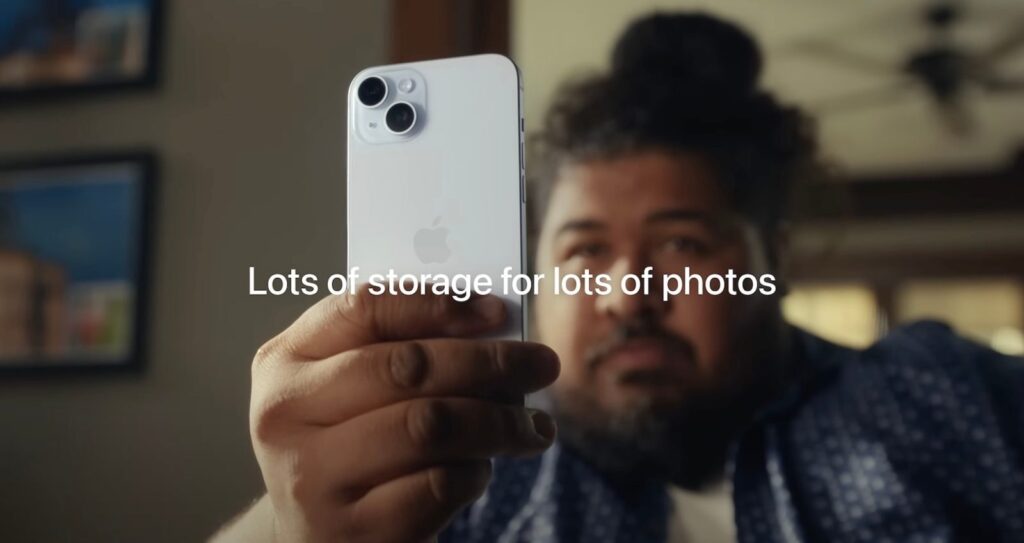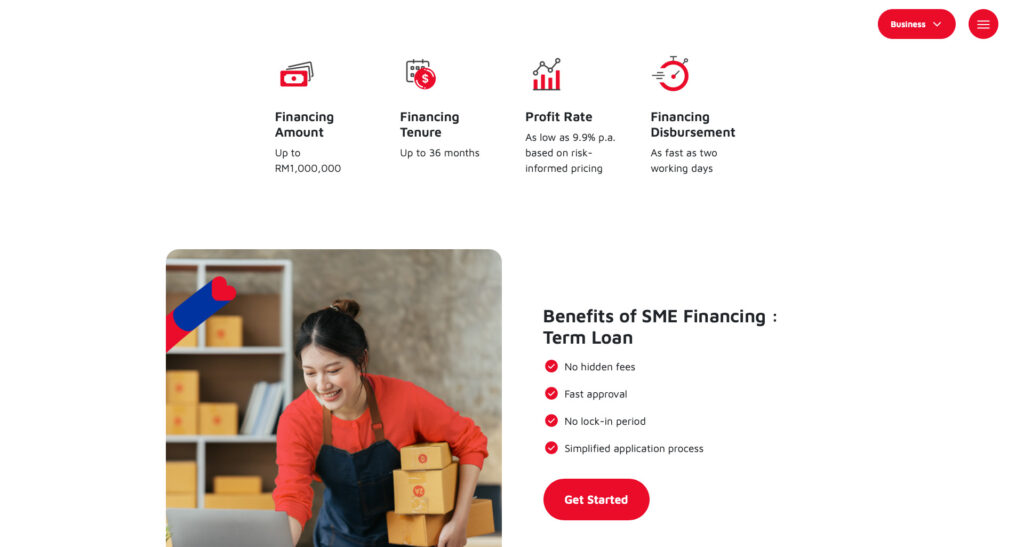The more I’ve delved into neuroscience, the more I tell others that branding is about much more than a clever logo or catchy slogan—it’s about how your brand is perceived on a subconscious level. B2C and B2B brand marketing are thought to be the same by many but are actually rather different.
The neuroscience behind these differences is something I’ve experienced firsthand in my work. Whether crafting campaigns for consumers or tailoring messaging for business buyers, I’ve seen how understanding how our brains work can make or break a brand’s success. Here are my thoughts, insights, and lessons on how neuroscience impacts brand perception in these two distinct markets.
Table of Contents
Emotional vs. Rational Decision-Making: A Spectrum
All decisions—whether in B2C or B2B brand marketing—are influenced by emotion. Yes, even when it comes to complex, data-driven decisions in B2B. Neuroscience shows that the limbic system, which governs our emotions, plays a central role in decision-making and it differs between B2B and B2C.
—B2C: Emotion First, Logic Later
In B2C, we’d start with emotions. Think of how we consume ourselves—we often make decisions based on how a product or brand makes us feel first. “Does this bring me joy? Trust? Or excitement?” Neuroscience tells us that these emotional triggers activate the brain’s reward system, making a brand feel instantly appealing.
Best of class when it comes to marketing is often Apple. Their ads rarely focus on specs; they focus on how their products make you feel—creative, empowered, and part of a movement. That emotional connection is what creates brand loyalty.

—B2B: Logic First, But Emotion Still Matters
In B2B, decisions seem more rational. Buyers evaluate costs, ROI, and specifications, which light up the brain’s prefrontal cortex, the hub of rational thinking. But emotion still plays a crucial role. Even in high-stakes, rational decisions, emotions like trust, fear, and confidence are big contributors to the final choice. Some call it a gut feeling.
I once worked on a B2B brand marketing campaign for a digital bank. Initially, we focused heavily on technical specs. But when we shifted the ad copy narrative to also highlight how the product would simplify users’ lives and make them feel more empowered, engagement mushroomed.

Brand Trust and the Brain’s Response to Risk
Another critical difference lies in how B2B and B2C buyers perceive risk; neuroscience explains why.
—B2C: Low-Stakes Decisions
In B2C, purchasing decisions typically involve lower stakes—buying a new shirt or a software subscription doesn’t carry long-term consequences. The brain’s risk centers, for example the amygdala, aren’t as heavily engaged. This is why emotion-driven advertisements work well in B2C marketing; consumers are more likely to take a chance if it just “feels right.”
—B2B: High Stakes, High Risk
In B2B brand marketing, purchasing decisions are often high-stakes and have spillover effects across organizations. Spending on one thing may take away the budget and opportunity for another. This activates the brain’s fear and risk centers, making trust the foundation of brand perception. If your B2B brand doesn’t evoke trust, decision-makers are far less likely to say yes.
I learned this the hard way early in my career. A B2B client wanted to position their brand as edgy and disruptive—a strategy that works well in B2C. But their audience, filled with risk-averse executives, found it unsettling. We eventually lost the account to another consultant who pivoted the messaging to one that emphasized reliability and trust; their campaign took off really well.
In B2B, your brand needs to first reduce the perception of risk. This can be in the form of showcasing credentials, testimonials, and tangible data to engage the brain’s need for reassurance.
“In B2B brand marketing, purchasing decisions are often high-stakes and have spillover effects across organizations. This activates the brain’s fear and risk centers, making trust the foundation of brand perception.”
The Role of Time and Memory in Brand Perception
Neuroscience shows how B2B and B2C buyers process time and memory differently when it comes to brand perception.
—B2C: Immediate Gratification
In B2C, buyers often seek instant gratification—this taps into the brain’s dopamine reward system, which craves immediate rewards. Brands that focus on convenience, simplicity, and quick wins tend to perform well because they align with the brain’s desire for fast payoffs. This is why many pay more for same-day deliveries when shopping online.
Think of brands like Amazon or Netflix. Their value propositions—fast delivery, instant streaming—align perfectly with the brain’s need for immediate satisfaction.
—B2B: Long-Term Relationships
B2B buyers, on the other hand, are here to play the long game. They’re looking for lasting partnerships, not just products, which means their brains are processing information with an eye toward long-term benefits. Memories associated with trust and reliability are stored differently and have more staying power, which is why building a consistent, credible brand in B2B is critical.
When I work with B2B brands, I emphasize the importance of nurturing relationships over time for them to last. Consistent messaging, check-ins, and delivering on promises create the type of positive memories that build loyalty.
Cognitive Biases in Framing of Messages
Neuroscience also impacts brand perception through the framing of messages in marketing. The way information is presented can trigger cognitive biases that influence decisions.
—B2C: Framing for Simplicity and Emotion
In B2C, less is more. Consumers have short attention spans due to overconsumption of social media, process information quickly, and are drawn to messages that are emotional and relatable. For example, framing a product as “saves you time” or “brings joy to your life” resonates because it taps into our human universal wants.
—B2B: Framing for Expertise and Value
In B2B brand marketing, buyers want depth. Messaging highlighting expertise, authority, and tangible results engages the brain’s need for logic and validation. But even here, framing matters. Neuroscience shows that people are more likely to take action when messaging emphasizes avoiding loss (“Don’t fall behind your industry peers”) rather than potential gains (“Get ahead of your competitors”).
When working on a B2B campaign for a manufacturer, we reframed the messaging from “outsmart your challenges” to “don’t let inefficiencies hold you back.” It’s a very subtle shift that had a significant impact on conversions. However, I must note that there is a fine line between reducing fear to establish trust versus fearmongering, and needs to be done tastefully.
“There is a fine line between reducing fear to establish trust versus fearmongering, and needs to be done tastefully.”
The Role of Social Proof in Trust-Building
Social proof—testimonials, case studies, and reviews—taps into the brain’s natural tendency to look to others for validation. However, the type of social proof that resonates differs in B2B and B2C contexts.
—B2C: Relatability is Key
In B2C, consumers respond best to testimonials from people they can relate to, explaining why word-of-mouth and community marketing remains stronger than paid media. Neuroscience tells us that mirror neurons in the brain activate when we see someone similar to us having a positive experience, making us more likely to trust the brand.
—B2B: Authority and Expertise
In B2B, decision-makers want proof from industry leaders, experts, and peers. Their brains prioritize authority and credibility over relatability. This is why showcasing high-profile clients, certifications, and measurable results is more effective in B2B brand marketing.
Leveraging Neuroscience for Branding
Understanding how neuroscience impacts brand perception in B2B versus B2C. It’s not just about tailoring your messaging—it’s about understanding the psychology behind why people choose, trust, and stay loyal.
In B2C, it’s about creating an emotional connection and delivering instant gratification. In B2B brand marketing, it’s about building trust, reducing risk, and fostering long-term relationships. Both require a deep understanding of how the brain works—but the approach is entirely different.
Neuroscience isn’t just a tool for understanding your audience—it’s a roadmap for creating brands that resonate deeply and build loyalty, whether you’re speaking to consumers or businesses. When you align your branding with how people think, feel, and decide, you’re not just selling—you’re building connections that last.










